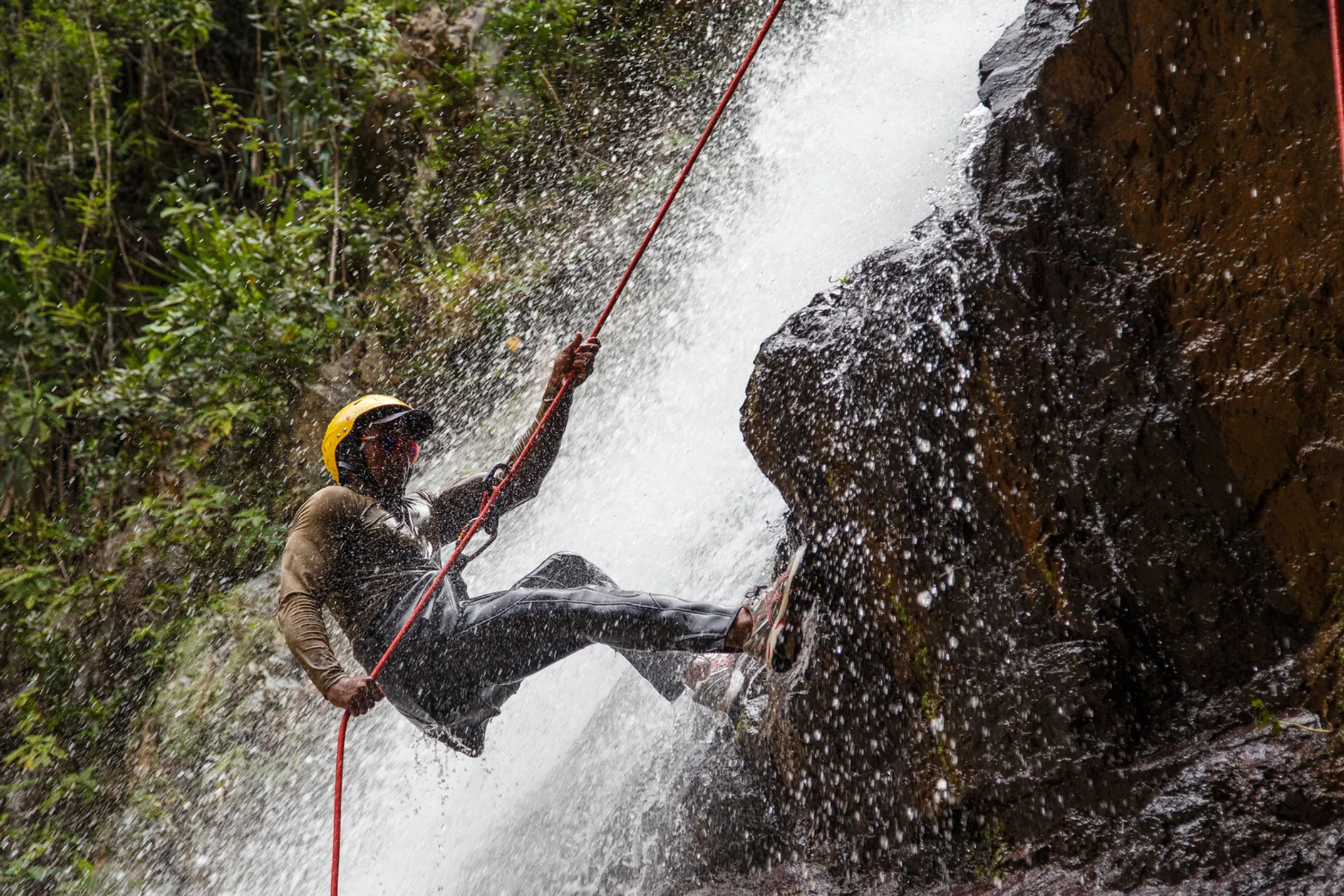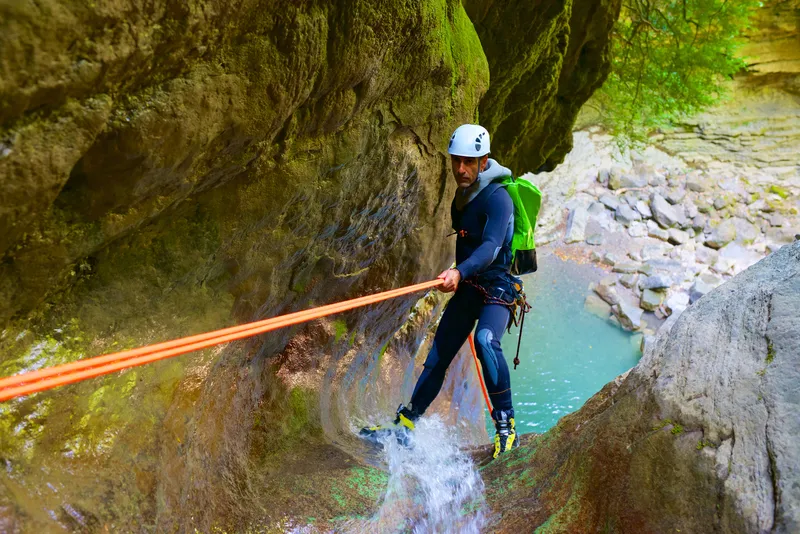
「Minivan Arrival」Honolulu Airport ⮕ Waikiki Hotels Exclusive Transfer
Family Photography Pros Oahu • Service • Honolulu • Oahu

Professional gear, expert guides, and foolproof protocols make this extreme sport safe for everyone

Written by a Local Adventure Expert
Jade KawanuiThis is the number one question on every aspiring rappeller's mind, and the answer is a resounding "yes" — especially when you go with a professional, certified guide. In fact, due to the rigorous protocols, expert supervision, and top-tier equipment, a guided rappelling tour is arguably safer than many unguided activities, like hiking a treacherous trail or even swimming at an unguarded beach.
The most critical safety feature is not a piece of gear, but the people guiding you. Every reputable tour in Hawaii operates with a low guide-to-guest ratio, typically two guides for a group of up to eight people. This ensures personalized attention and constant supervision.
The guides work as a team. One guide is positioned at the top of the cliff or waterfall, helping you get set up and talking you through the initial steps over the edge. The second guide is at the bottom, performing the single most important safety function in the system: the Fireman's Belay. This is your ultimate safety net.
The guide at the bottom holds the end of your rope. As you descend, they leave slack in the line. However, if you were to slip, get scared, or let go of the rope for any reason, the belayer simply pulls the rope tight. This action instantly locks the friction device on your harness, stopping your descent completely. You are held securely in place until you regain your composure and are ready to continue. This system is simple, effective, and completely foolproof.
Practice run builds confidence
Multiple redundant systems
Fireman's belay catches you
The Fireman's Belay is the single most important safety feature in the system. One guide is positioned at the bottom of the cliff or waterfall, holding the end of your rope. This guide is your ultimate safety net.

You descend controlling your speed with the friction device
Guide at bottom monitors your descent with rope slack
If you let go or panic, guide pulls rope tight instantly
This locks your device and stops your descent completely
Guide talks you through each step. Take your time.
Fireman's belay instantly stops your descent. You're safe.
Guides can lower you down or pull you back up.
All gear is inspected before every tour and replaced regularly.
Bottom Line: The Fireman's Belay system is simple, effective, and completely foolproof. You are never on your own during the descent.
The equipment used in canyoneering is built to withstand incredible forces. The ropes are typically rated to hold over 6,000 pounds, and the locking carabiners can withstand over 5,000 pounds. This gear is meticulously inspected by the guides before every single tour and is retired from service regularly, long before it shows any significant wear.
You will be outfitted with a helmet, a secure harness, and a flotation jacket (on most tours), regardless of your swimming ability. This commitment to using the best, most well-maintained equipment is a cornerstone of the sport's safety record.
Professional guides never trust a single point of failure. When they rig the ropes at the top of a waterfall, they use a redundant anchor system. This means the rope is attached to at least two, and often three, independent anchor points, such as bolts embedded in the rock. Each anchor shares the load, so in the virtually unheard-of event that one were to fail, the other two would still be holding you securely.
Furthermore, guides are experts in their specific environment. They understand the local weather patterns and water levels intimately. While tours operate "rain or shine"—it is a rainforest, after all—they have strict protocols for unsafe conditions. If water levels are too high or swift due to heavy rain, they will never rappel directly in the waterfall. Instead, they use alternate, pre-established routes that allow you to descend safely alongside the roaring cascade. Your safety is always the first priority.
Rated for 6,000+ lbs
Regularly inspected & retired
Rated for 5,000+ lbs
Auto-locking mechanisms
Professional grade
Multiple attachment points
Impact protection
Proper fit essential
Daily: Visual inspection before each tour
Weekly: Detailed equipment checks
Monthly: Professional maintenance review
Retirement: Before significant wear appears
Standards: Exceed industry minimums
Backup: Extra gear always on hand
Professional guides understand local conditions intimately
Tours operate rain or shine - it's a rainforest after all! Light rain actually enhances the experience.
When streams are raging, guides use alternate rigging points to rappel alongside (not directly in) the thundering falls.
Tours are canceled or modified for severe weather, flash flood warnings, or unsafe water levels.
Specialized felt-soled water shoes provide superior grip on wet volcanic rock.
Guides know which areas to avoid during nesting seasons and how to minimize impact.
Many waterfall sites are sacred. Guides ensure respectful behavior and proper protocols.
With professional guides, top-tier equipment, and proven safety systems, you're in excellent hands.

Family Photography Pros Oahu • Service • Honolulu • Oahu

Family Photography Pros Oahu • Service • Honolulu • Oahu
